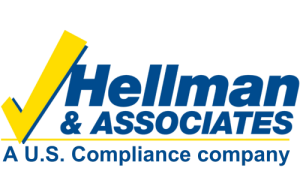Every year, 300 people are killed and 18,000 are injured by drivers who are backing up, usually in driveways or parking lots. It would be great if all workers were looking out for their own safety. But you can’t take it for granted that everyone else in on the lookout. When you are behind the wheel of a vehicle, you have the responsibility to use that power carefully and safely to prevent accidents. The key to staying out of danger is never to assume that the path behind is clear, unless you and your “spotter” can actually see it.
Driver Responsibilities:
- Bring the unit to a complete stop. Never be in a rush when backing or moving vehicles.
- Back into parking spaces whenever possible, except where prohibited by law or parking lot restrictions.
- Roll window down completely when backing up, and establish verbal and visual contact with the spotter. If you cannot see or hear the spotter, do not backup!
- Prolonged idling of machinery should be avoided. A worker should not be in the vehicle when it is idling for a long period.
Backing a Vehicle
- Check the surrounding area for obstacles before beginning an operation. Walk around and become familiar with the entire area. Remember that materials and equipment are constantly being moved around, so you can’t assume that you “know the territory” if you haven’t explored it recently.
- Make sure your mirrors are properly angled to minimize blind spots. And remember that, even with mirrors, you may not see everything behind you.
- Use your horn to signal that you are about to back-up.
- If you are unable to see behind you, always use a person as a “spotter”. Make sure you can see the “spotter” at all times – stop immediately if the spotter is not in view.
- Never allow ‘hitchhikers’ to ride on equipment while in motion. This includes allowing others to ride in the cab or on the step ladder. Most vehicles and equipment require the operator to wear a seatbelt.
Vehicle Movement
- An unsecured vehicle can be very dangerous to person and property.
- Never assume the parking brake on the vehicle works. Always test it to make sure it is operating properly.
- A vehicle will roll under its own weight on minor slopes. Wheel chocks are required when a vehicle is parked on a slope, when a mechanic is working on it, or anytime a vehicle’s parking device is in question or in for repairs.
